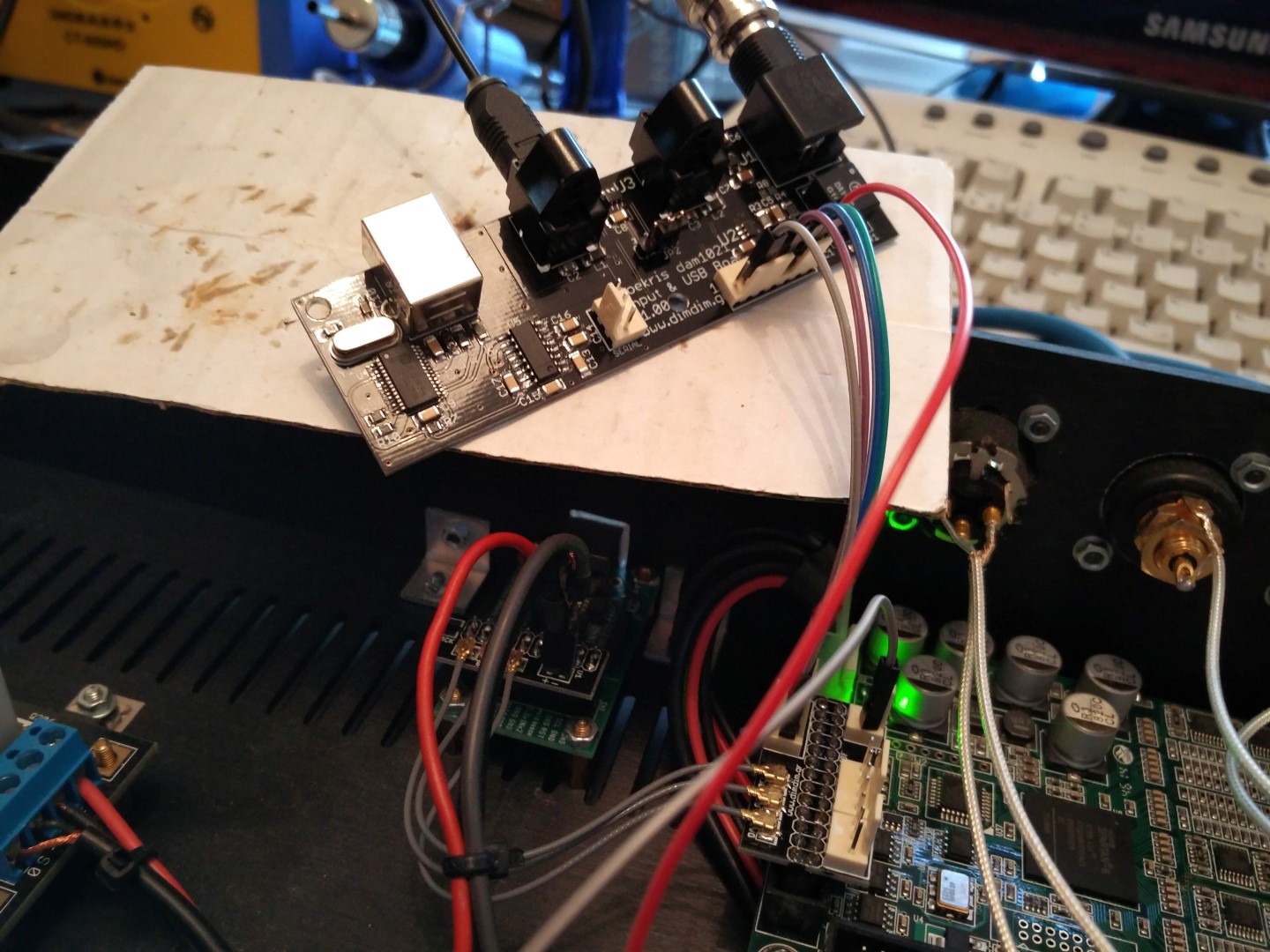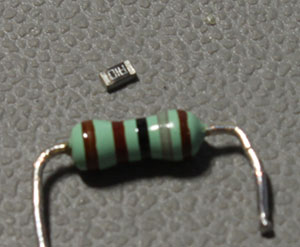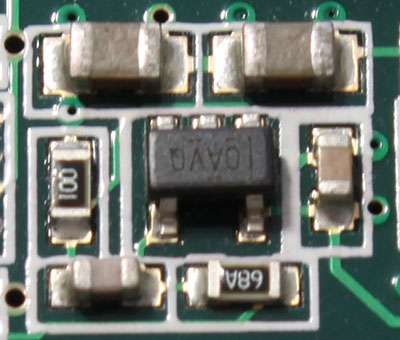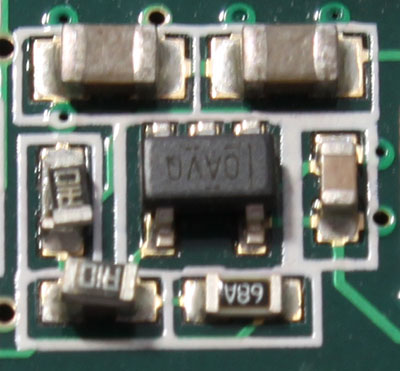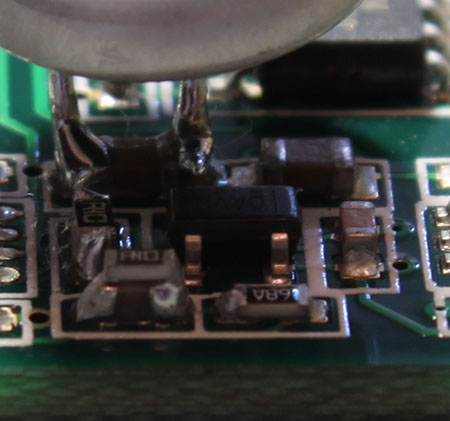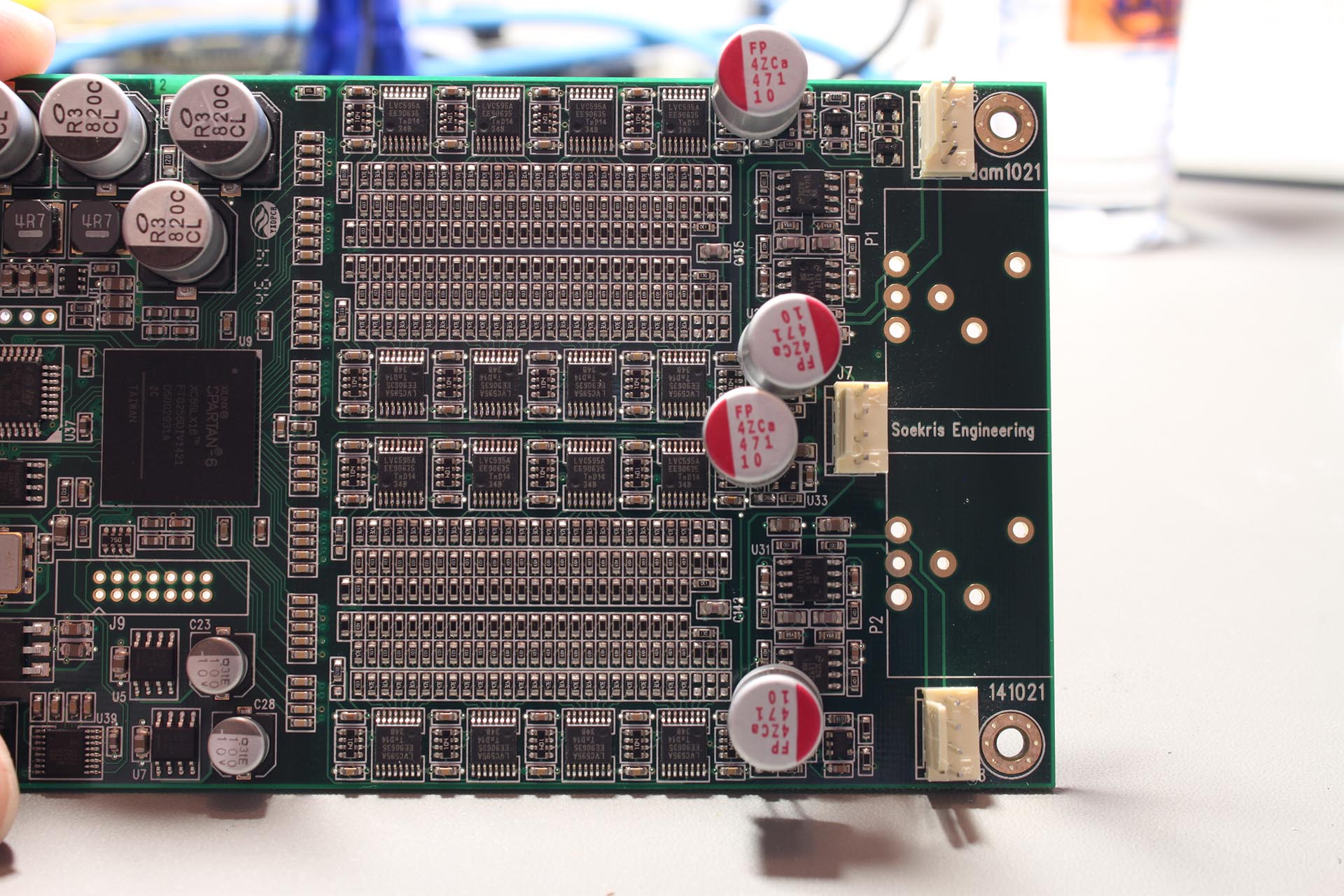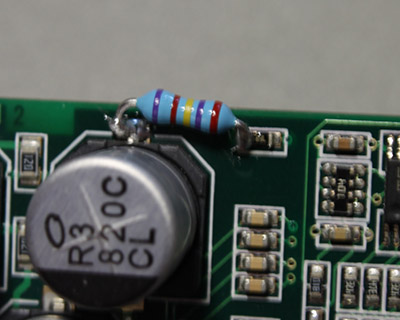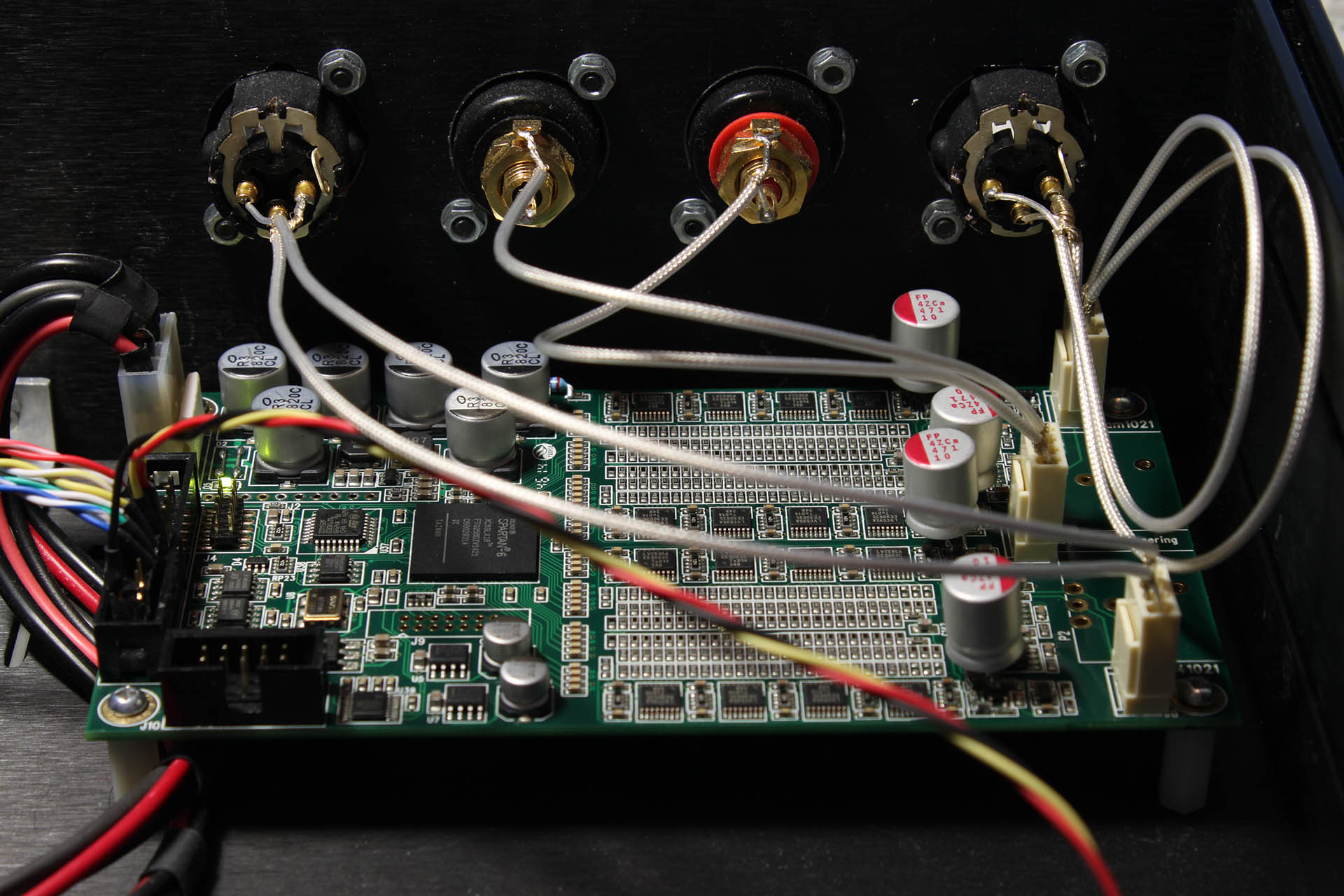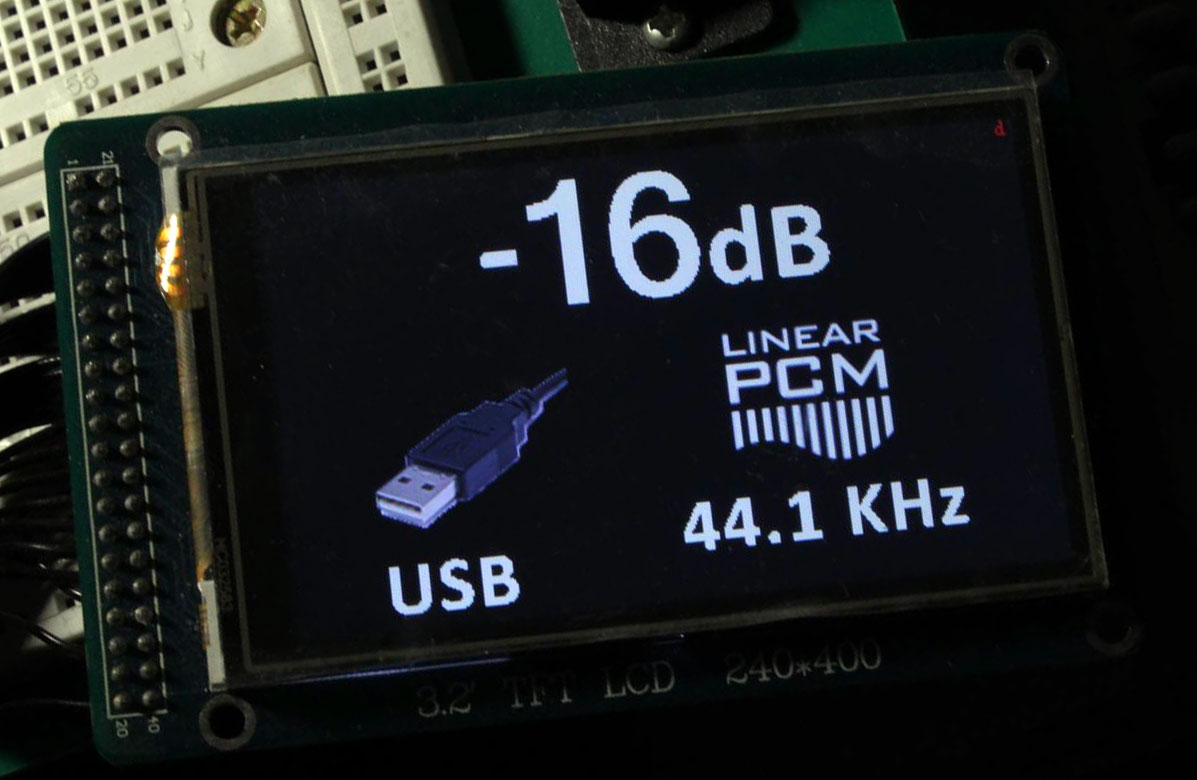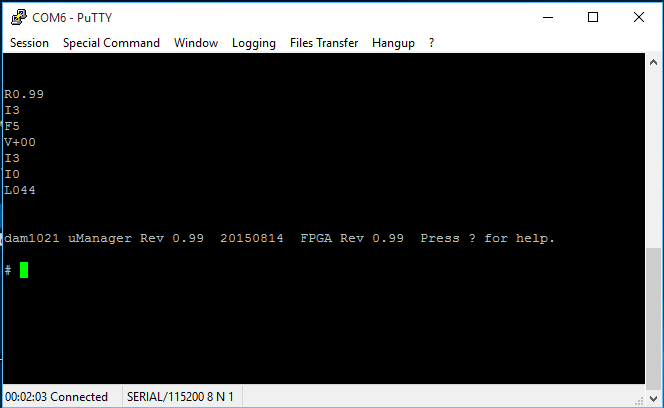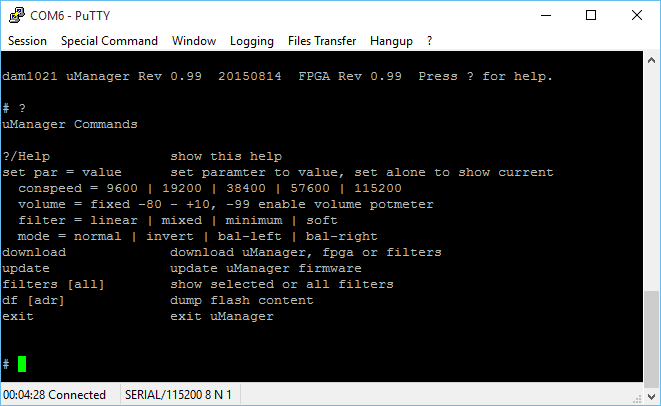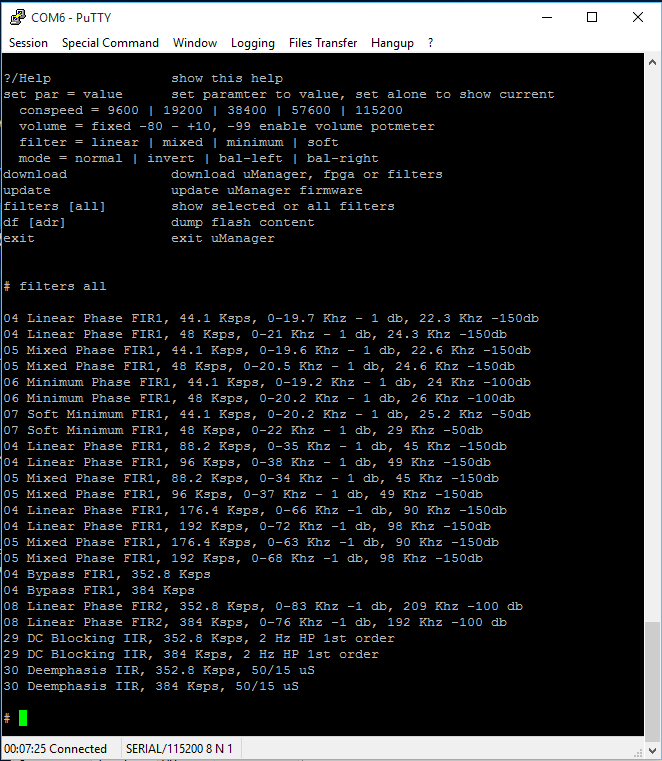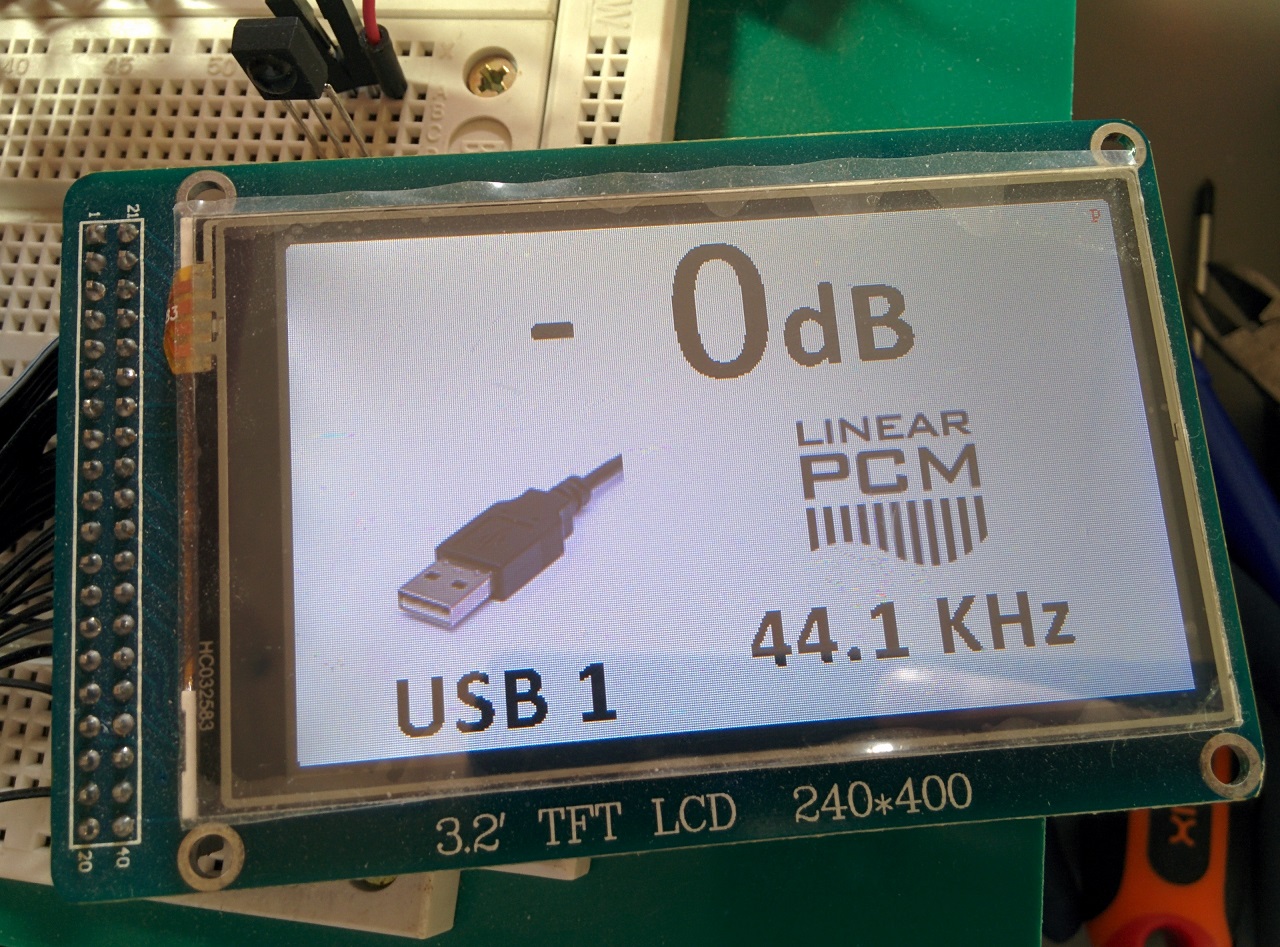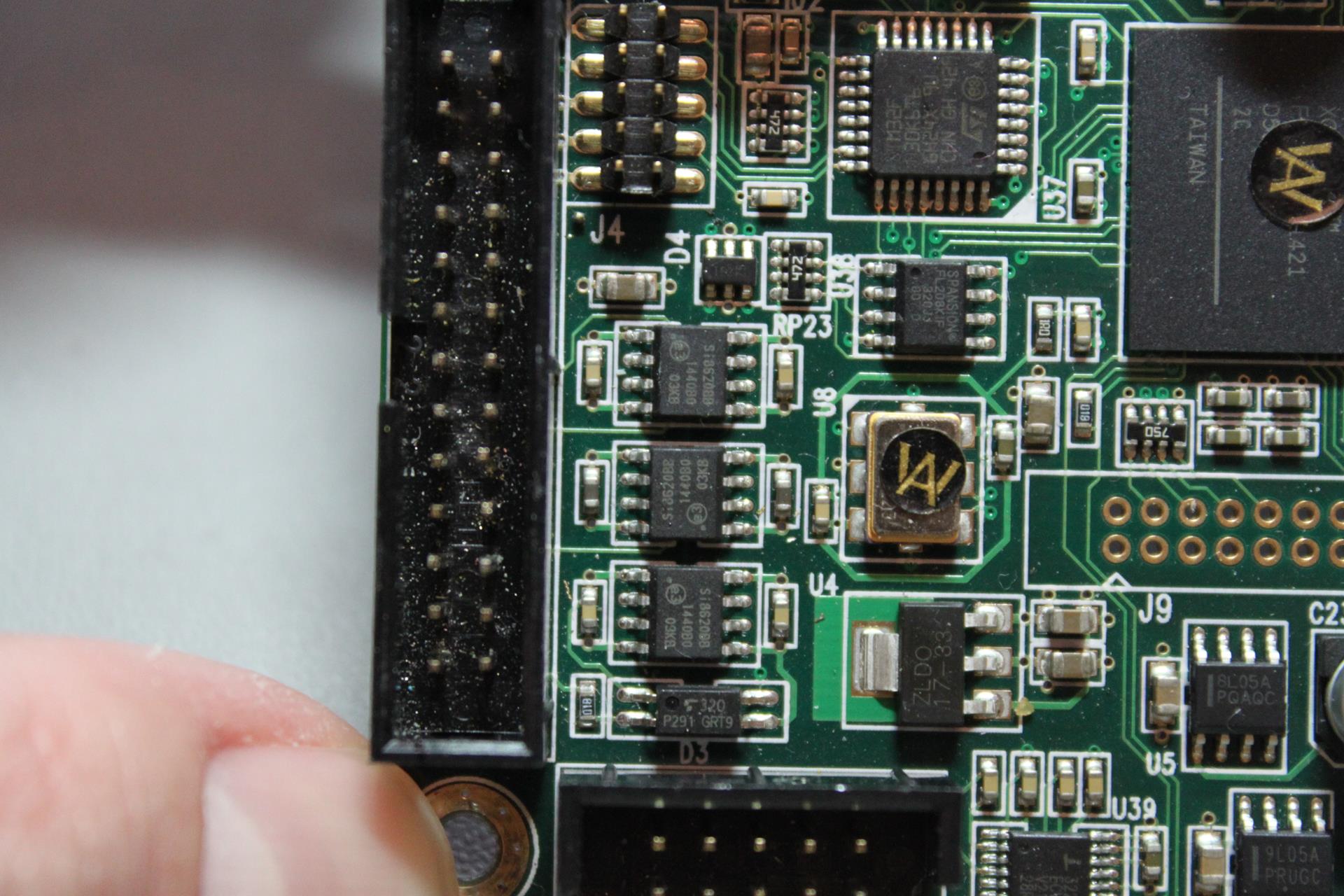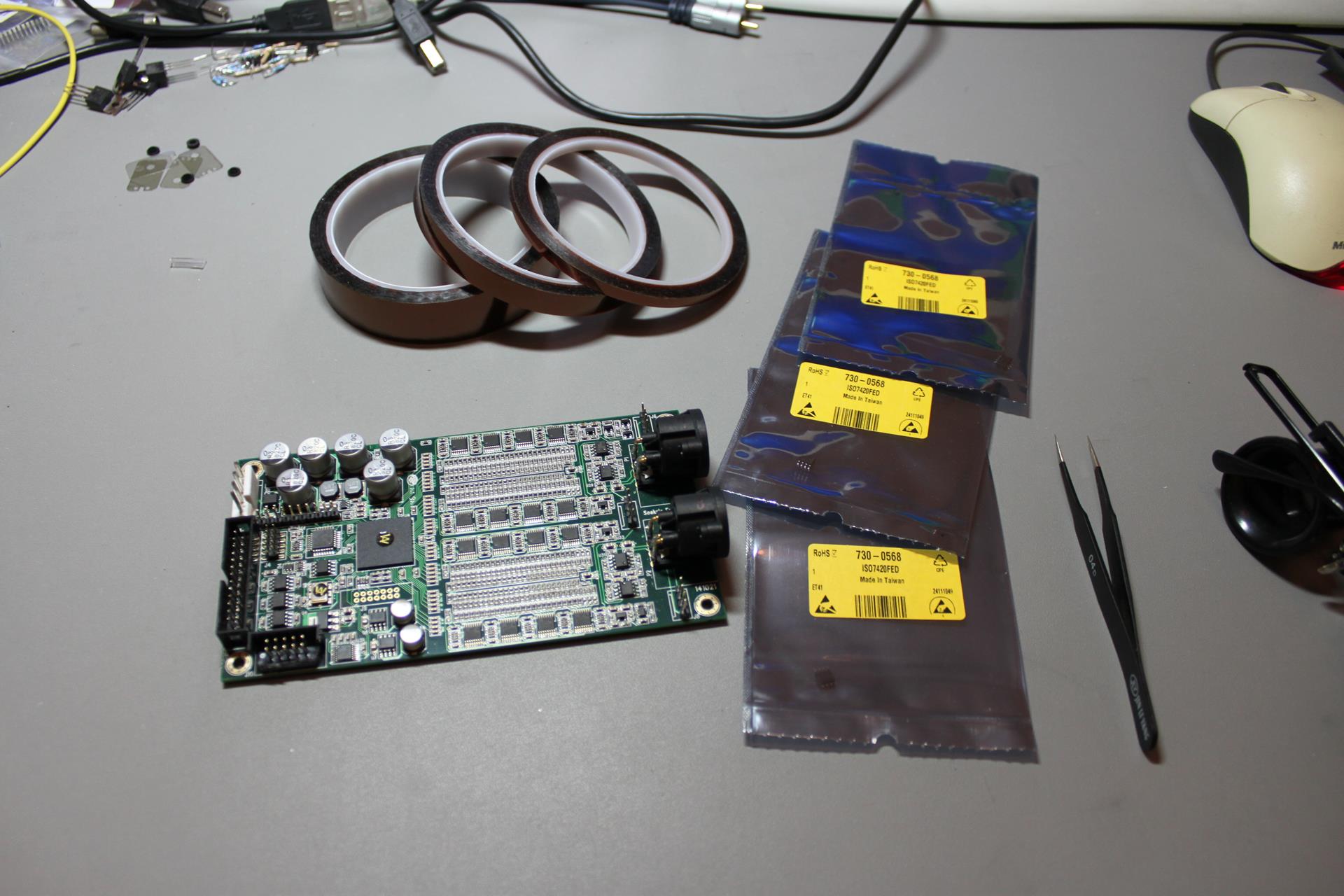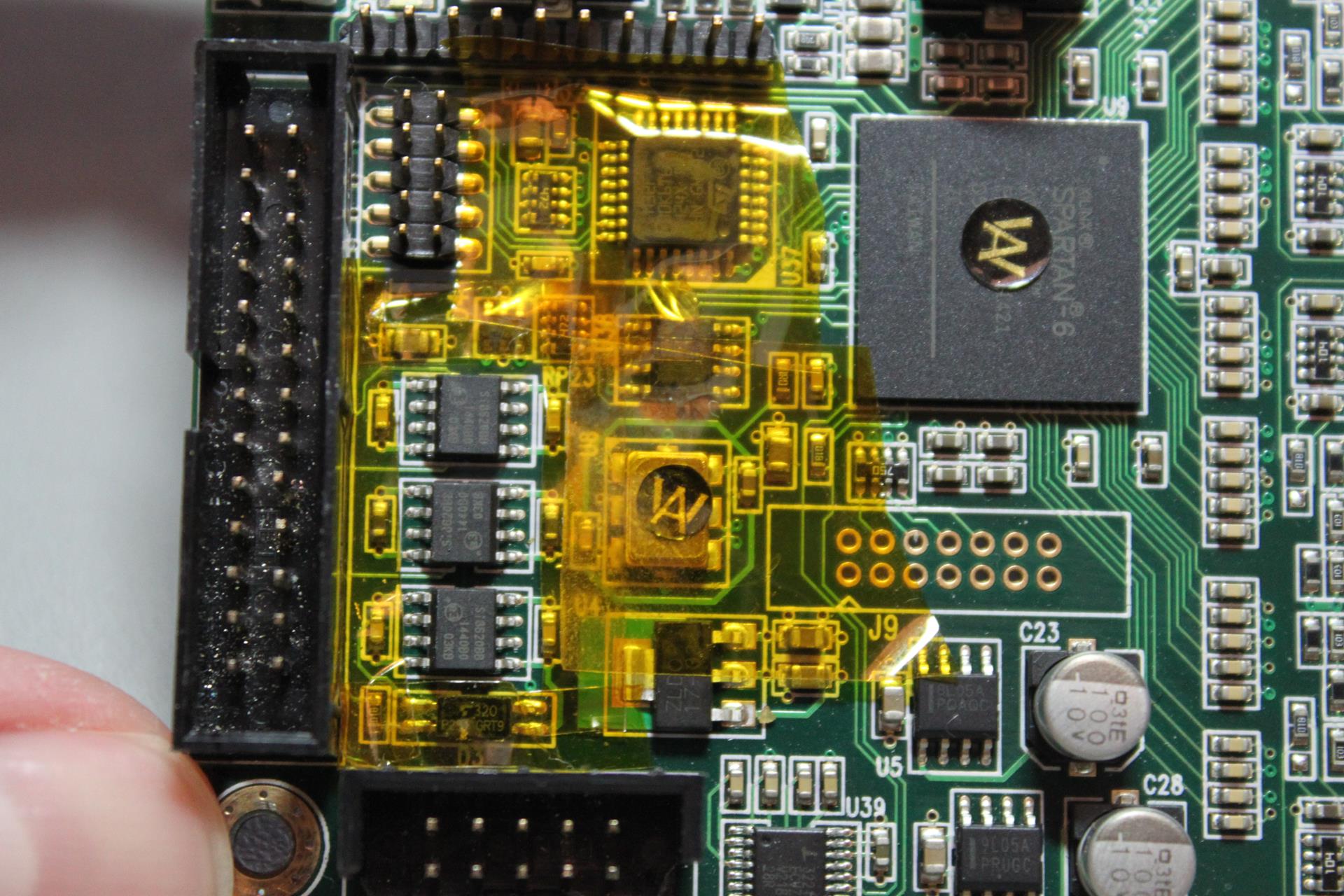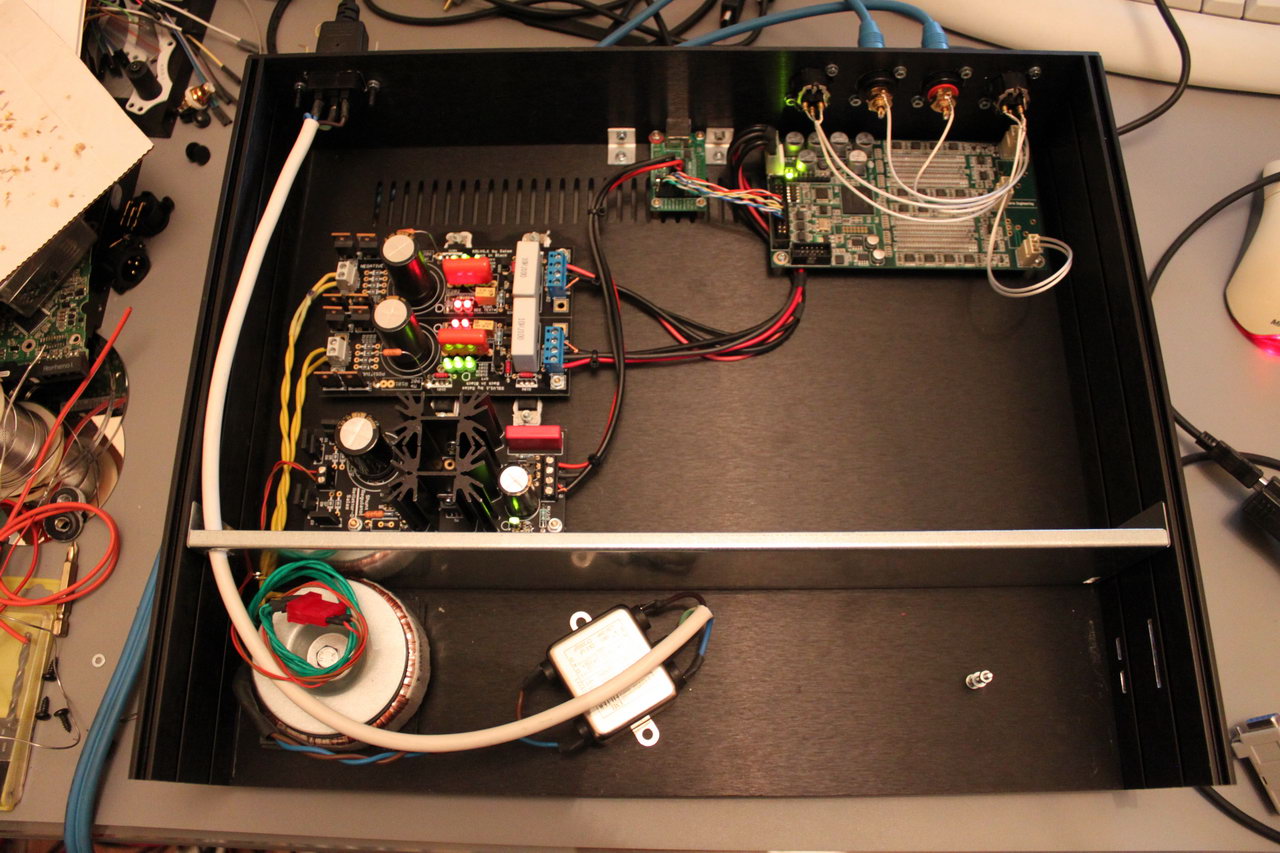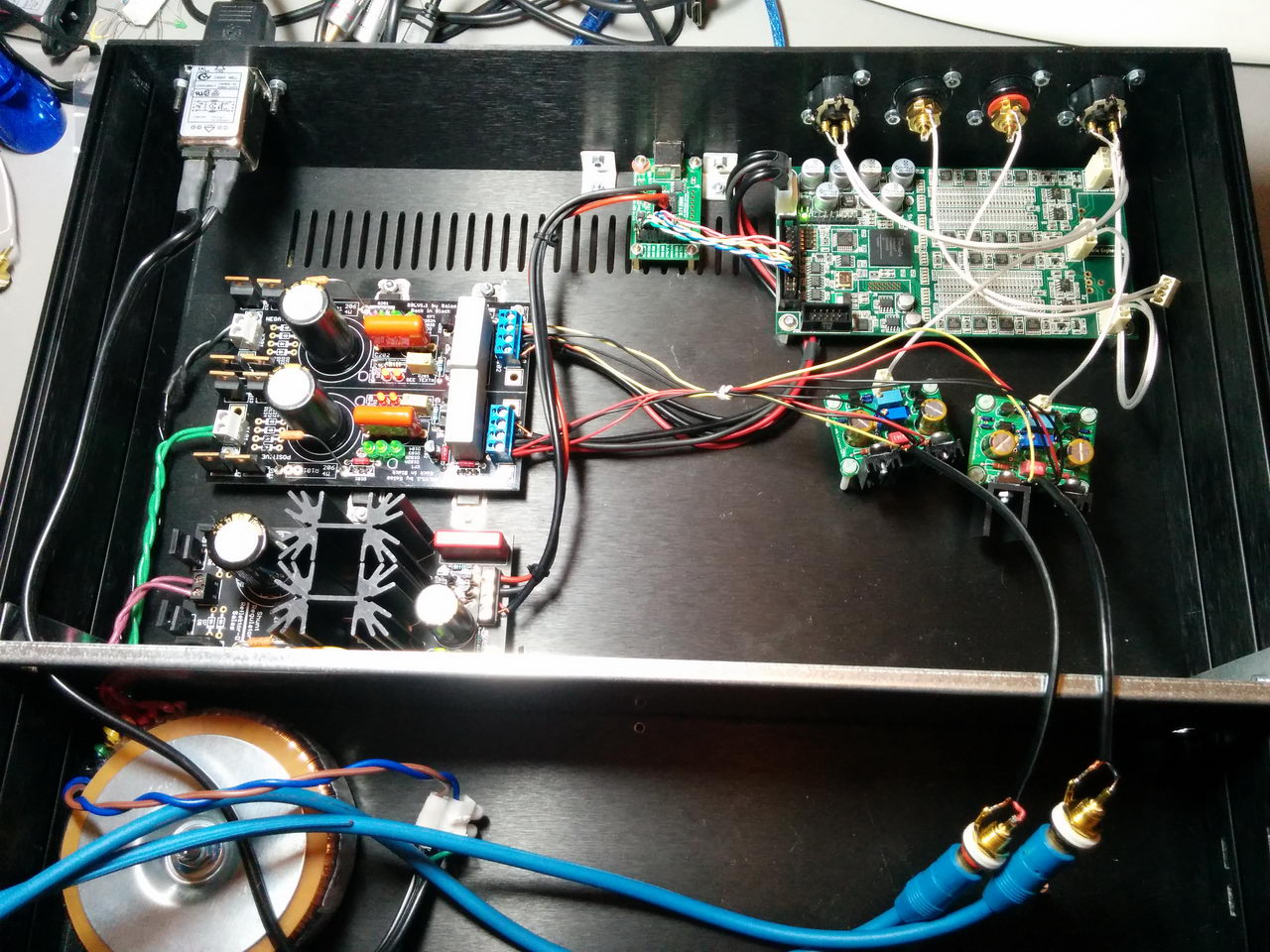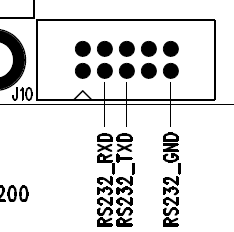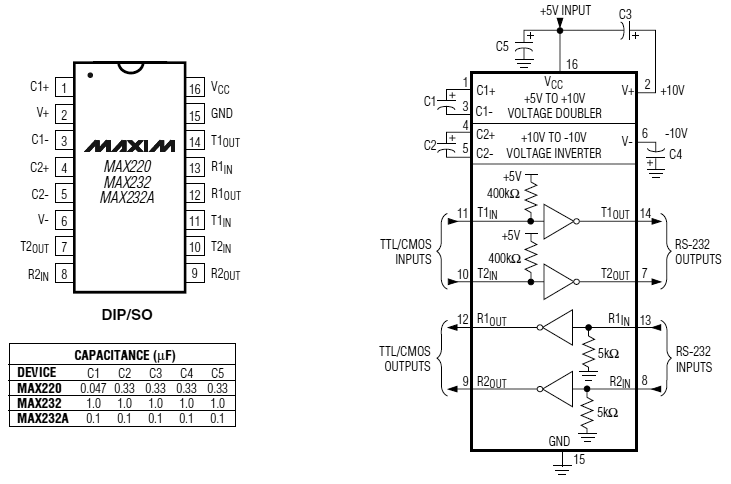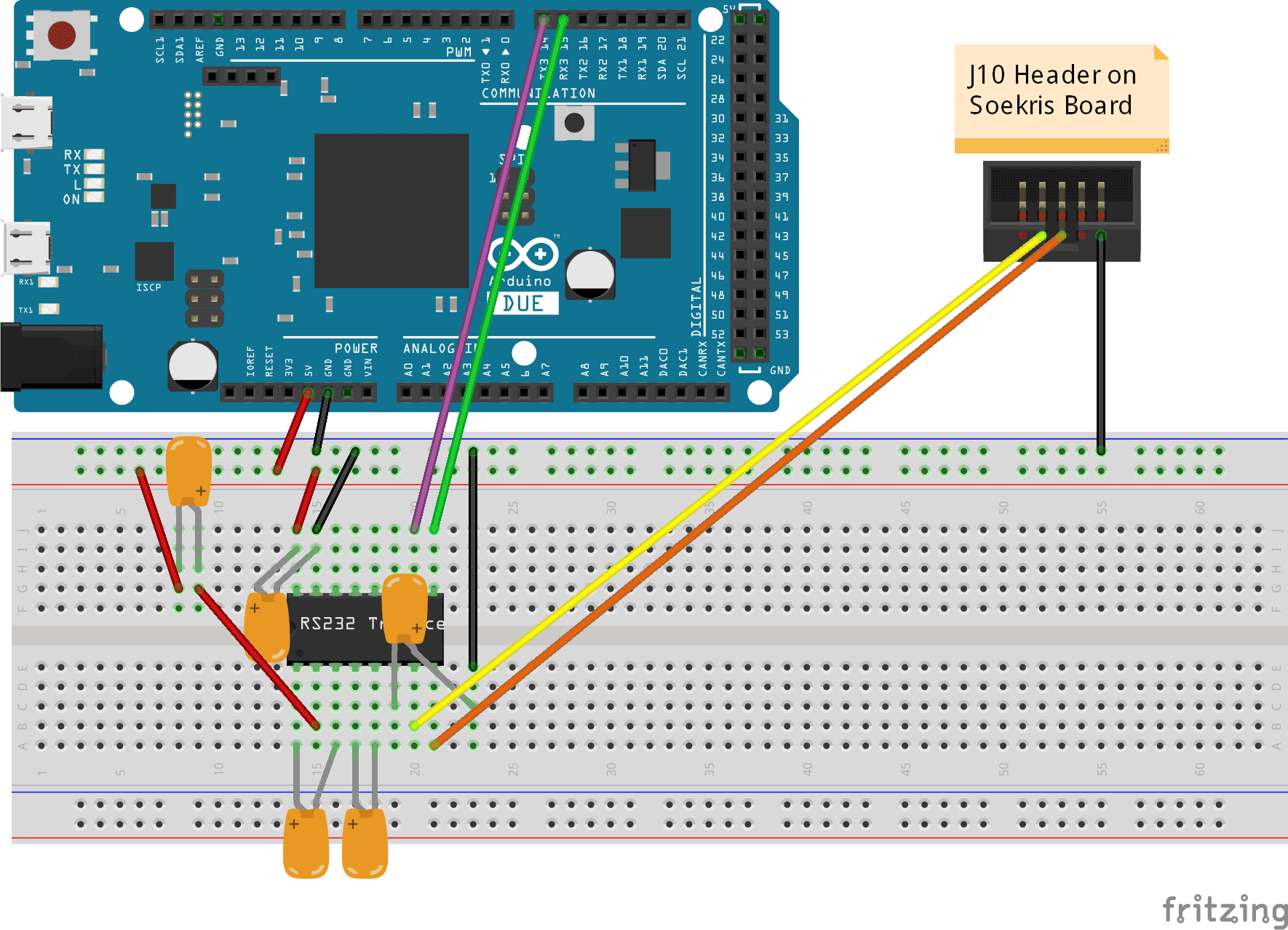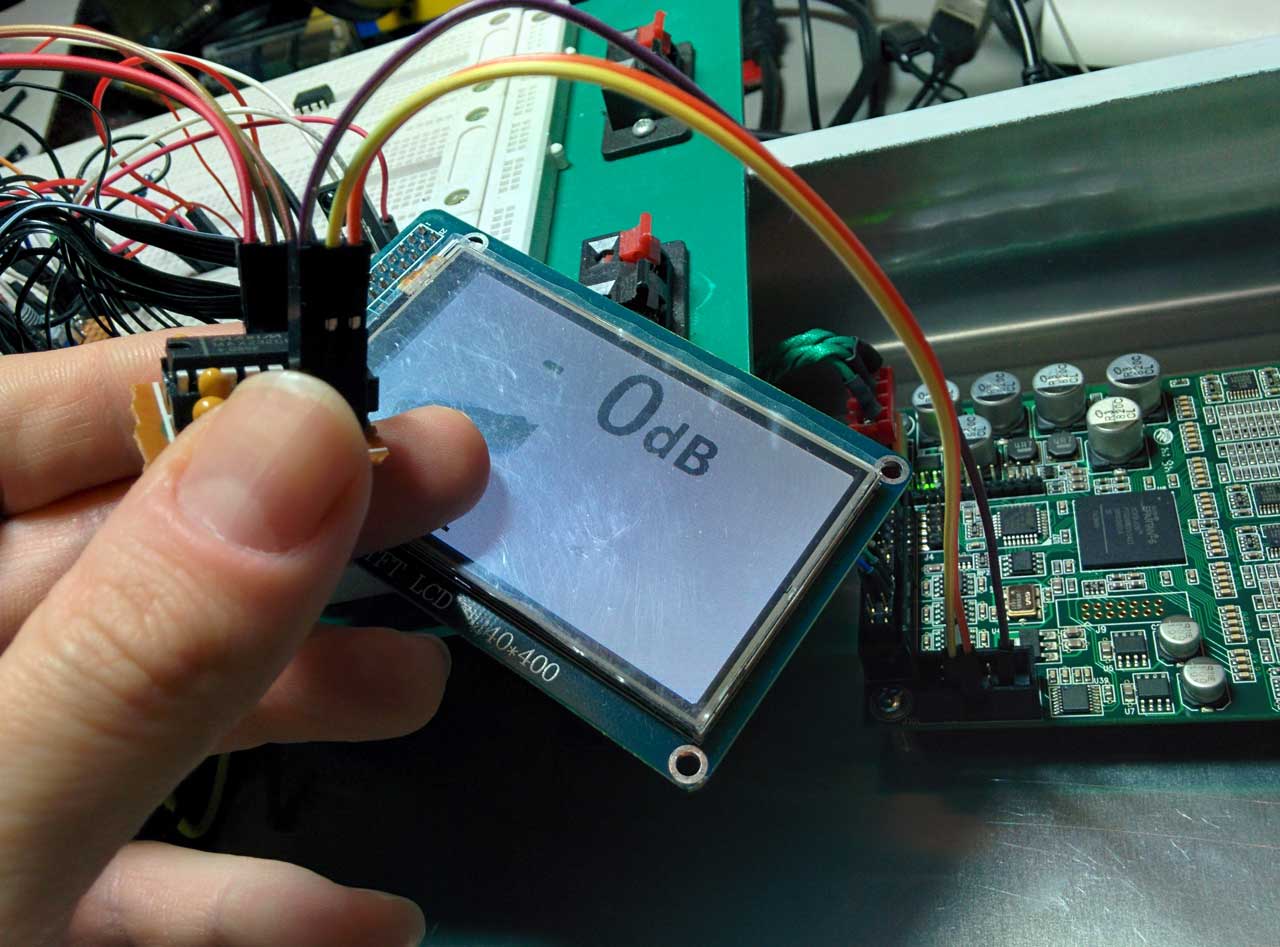Hi guys, long time no see.
Easter time here, so I have some time to spare, so here it goes.
Update on my DAM build
My Soekris has had a number of upgrades performed to it over the last 2-3 years that I haven’t posted about and it’s about time that I did.
The first upgrade was a switch from Salas BiB 1.1 to an UltraBiB 1.3. I wrote about the upgrade on the official UltraBiB thread:
I was (and still am actually) one of the lucky few that got to beta test Salas’ new baby.
This thing is remarkable.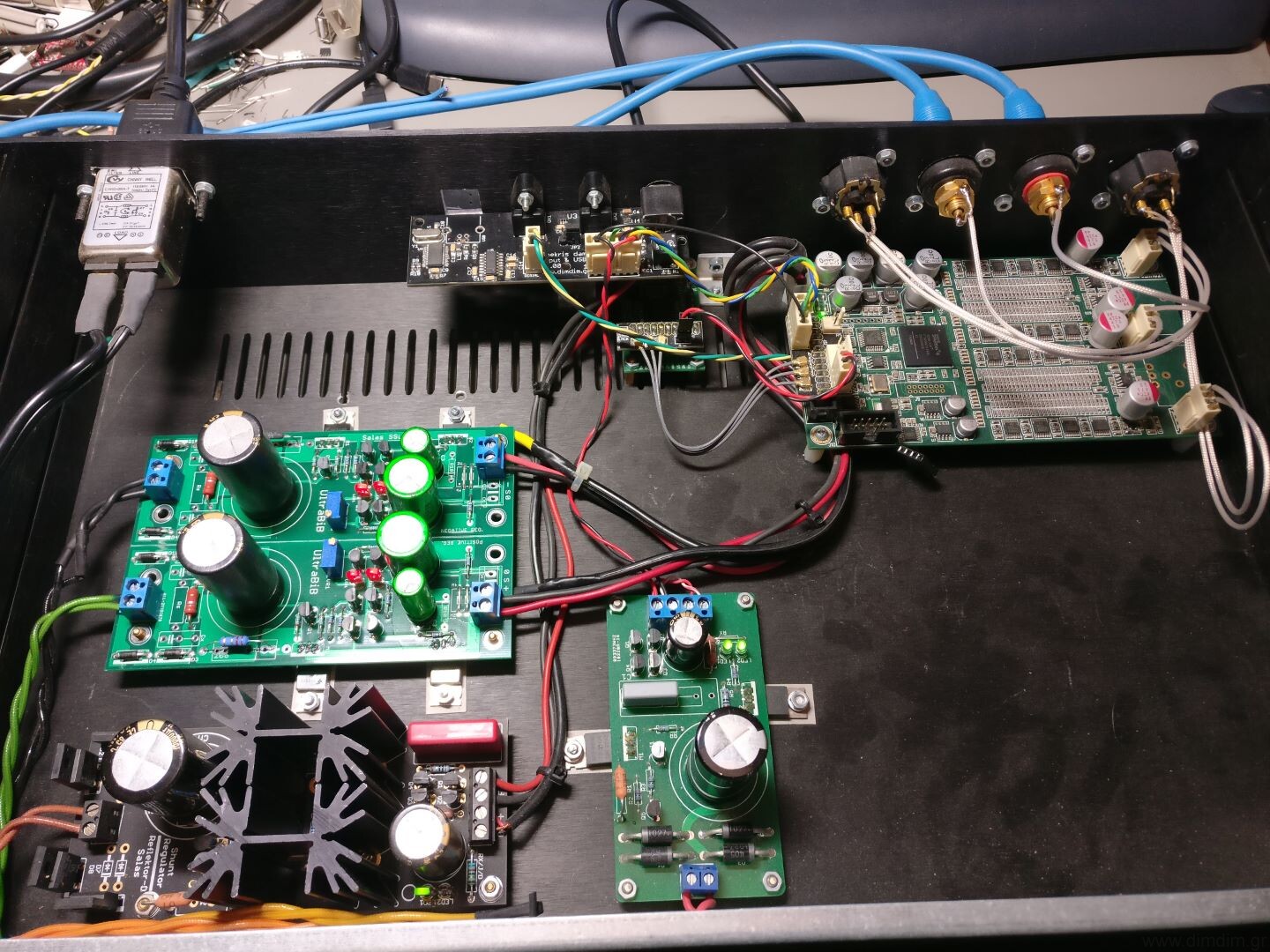 When we swapped it in place of the BiB 1.1 in my Soekris, the improvement was immediately obvious and not subtle. There was a general improvement in clarity and silence, but the biggest improvement (imho) is that the music appeared to have more energy in the lower mid area, where before it was kind of “dry”. This was with Salas’ very first prototype, built with standard (non-boutique) components. The board that I built with audio grade capacitors in the filter bank and MUSE BP caps in the output sounded even better.
When we swapped it in place of the BiB 1.1 in my Soekris, the improvement was immediately obvious and not subtle. There was a general improvement in clarity and silence, but the biggest improvement (imho) is that the music appeared to have more energy in the lower mid area, where before it was kind of “dry”. This was with Salas’ very first prototype, built with standard (non-boutique) components. The board that I built with audio grade capacitors in the filter bank and MUSE BP caps in the output sounded even better.
I do need to experiment further with different brands of caps (especially in the C2 & C3 positions) but in any case this is an excellent power supply, substantially better than the BiB 1.1, both subjectively (the way it sounds..) as well as objectively (measured performance).
The next upgrade was when I upgraded my firmware to the newer firmware (rev.1.21) that doubles the number of supported filter taps from 2K to 4K. Even the basic / included filters provided a substantial improvement in imaging and detail. Definitely a worthwhile upgrade.
The final upgrade was the design and implementation of my own XMOS-based USB receiver, specifically for the DAM:
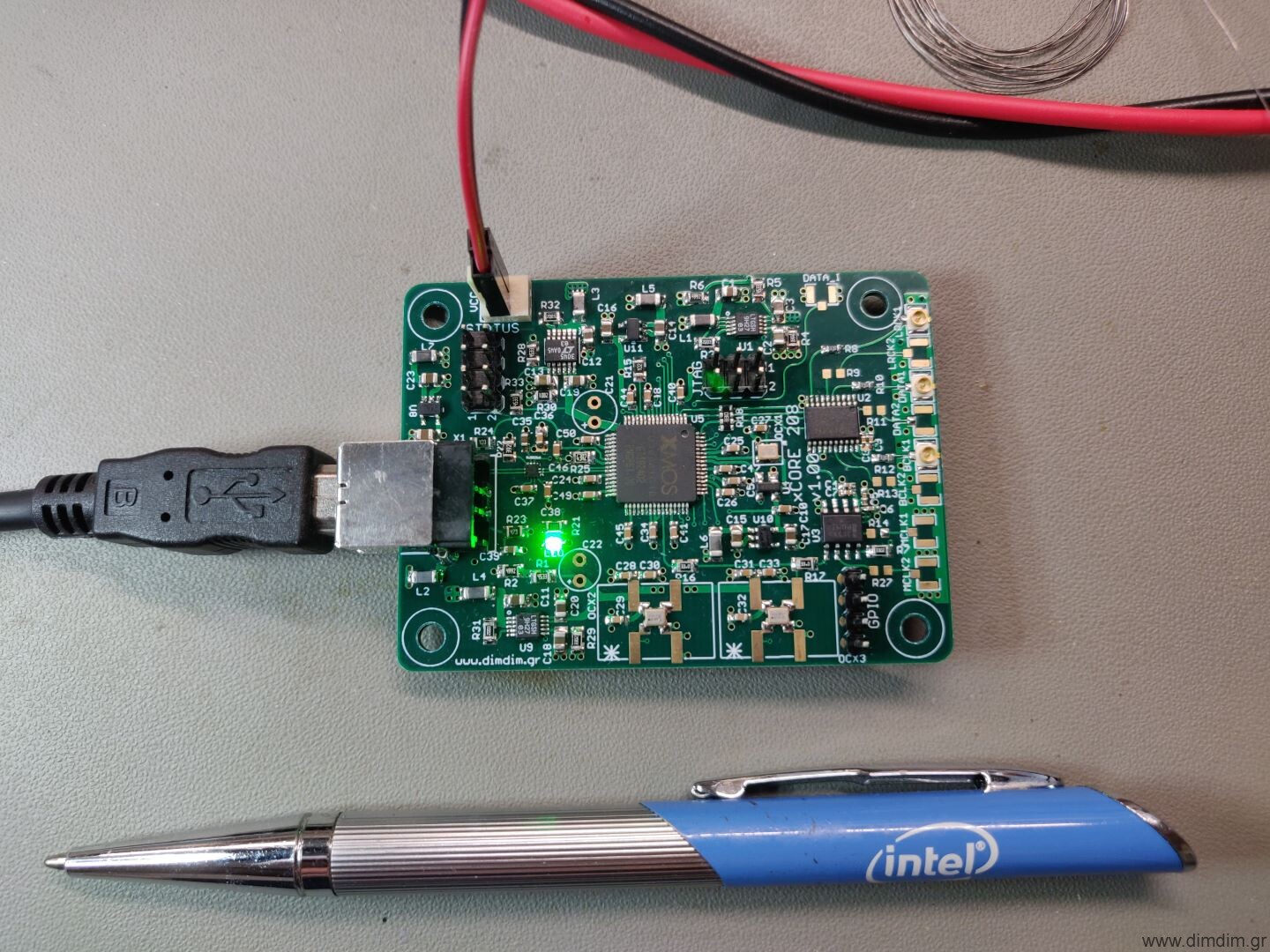 The idea was to include just the right mix of features that would make sense for the DAM1021. So, I did include ultra low noise LDOs (LT3045 & LT3042), SDA oscillators, reclocking with a Potato FF, but I skipped galvanic isolation since the DAM already supports it.
The idea was to include just the right mix of features that would make sense for the DAM1021. So, I did include ultra low noise LDOs (LT3045 & LT3042), SDA oscillators, reclocking with a Potato FF, but I skipped galvanic isolation since the DAM already supports it.
The improvement it made in sound quality was remarkable. It’s funny how all digital devices that are supposed to be immune to I2S signal quality turn out to be.. well.. influenced by I2S signal quality. The USB receiver that it replaced was the DIYINHK XMOS receiver that I have used in my DAM, which was pretty decent at the time of purchase. But the newer XMOS family (XUF208) coupled with the ultra low noise LDOs and the reclocking apparently did the trick.
The funny thing is that the prototype I built was actually tested in a good friend’s DAM and has been living there ever since. Someday I’ll build another one for my DAM. For the time being, I’m busy with my AKMs and ESS’.
Update on the DAM board offering.
A few days ago Soren announced Rev. 7 of the DAM1021:
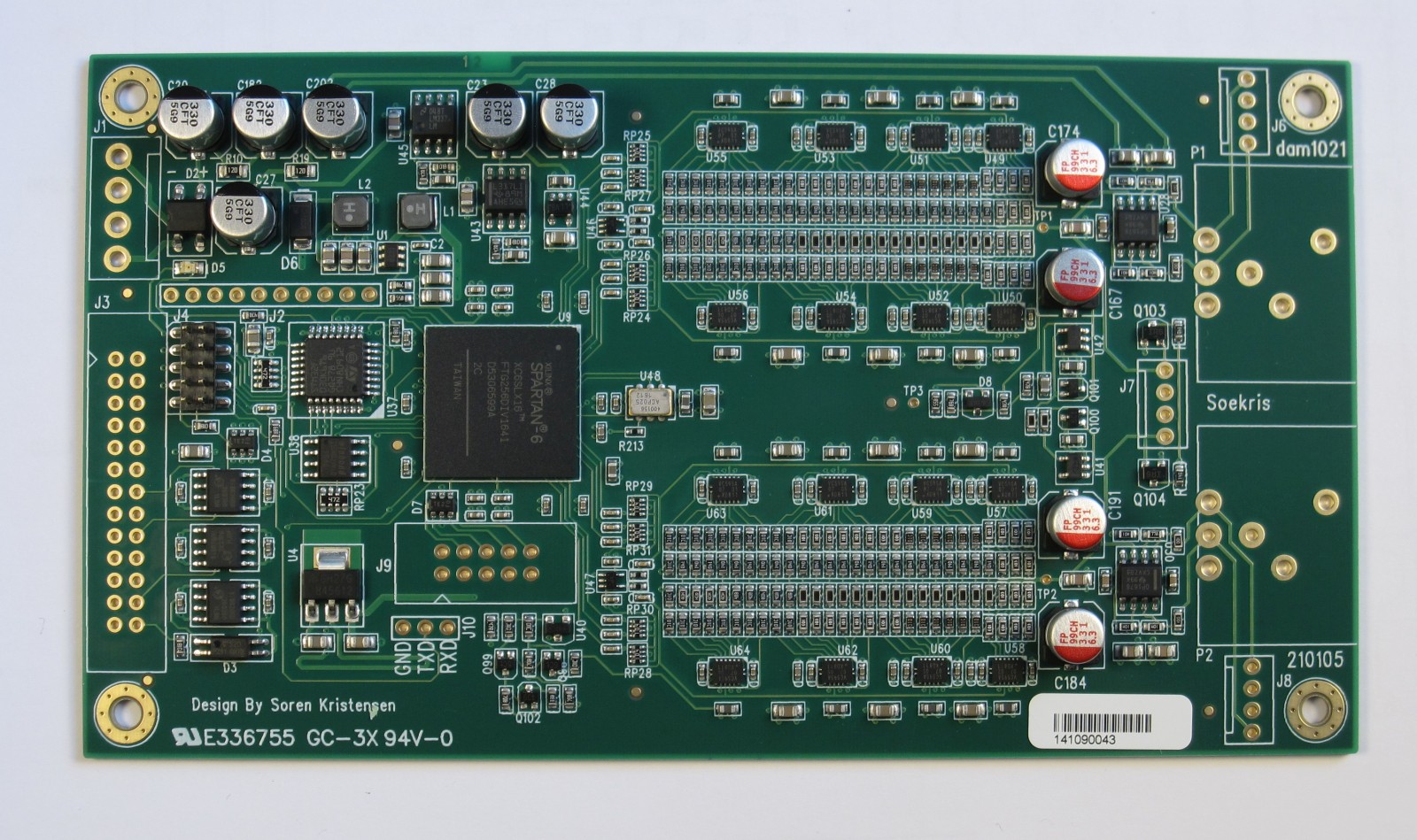 (picture courtesy of soekris.dk)
(picture courtesy of soekris.dk)
According to Soren, the new boards will include the following changes / improvements:
1) it use the same FPGA and same uC as usual, so should be able to use same firmware, there are some differences, so new firmware are needed and will autodetect board.
2) The shift registers are now also in the smaller qfn packaging as used on other boards, so I don’t need to stock the tssop types anymore….
3) Output shift registers now running at 1.4M/1.5M sample rate, making FIR2 filter different. Will require new filter file, but plan to use same filter file for both old and new boards, firmware will load filters as needed.
4) The R-2R network is now 24+3+1, ie 24 bit classic R-2R network, 3 bit thermometer network, plus the sign, total 28 bits.
5) Yes, still same Si514 clock, but now in a small package (like I use on other boards), and it drives the shift registers directly, no added jitter by going though the FPGA. People who want to bitch about the Si514, please go elsewhere, we have heard you multiple times….
6) The clock Power supply is separate and use a LP2907 low noise regulator.
7) New vref supplies, like used on the dac2541. For those who want details, yes it use a opamp with transistor buffer, with a polymer output capacitor. Lower vref impedance from DC to Megahertz.
8) Those are powered at +-5.4V from LM317/LM337 pre regulators.
9) Output opamps are opa1678.
10) Power in are now DC only, optimal is +- 9V.
11) The board is mechanical and almost electrical compatible with previous version of the dam1021.
12) J9 is 4 bits user i/o, planning to use it for additional SPDIF inputs.
13) The non isolated serial management port is now TTL levels, not real RS232 levels. So get the right USB to serial adapter….
So quite a few changes, with the most significant being the Si514 having its own regulator (mentioned at a later post in the thread) and driving the shift registers directly. Plus new VREF supplies.. These improvements should be pretty audible.
It looks like the only flavor that will be available will be the dam1021-12.
We’ll see how it will go.

